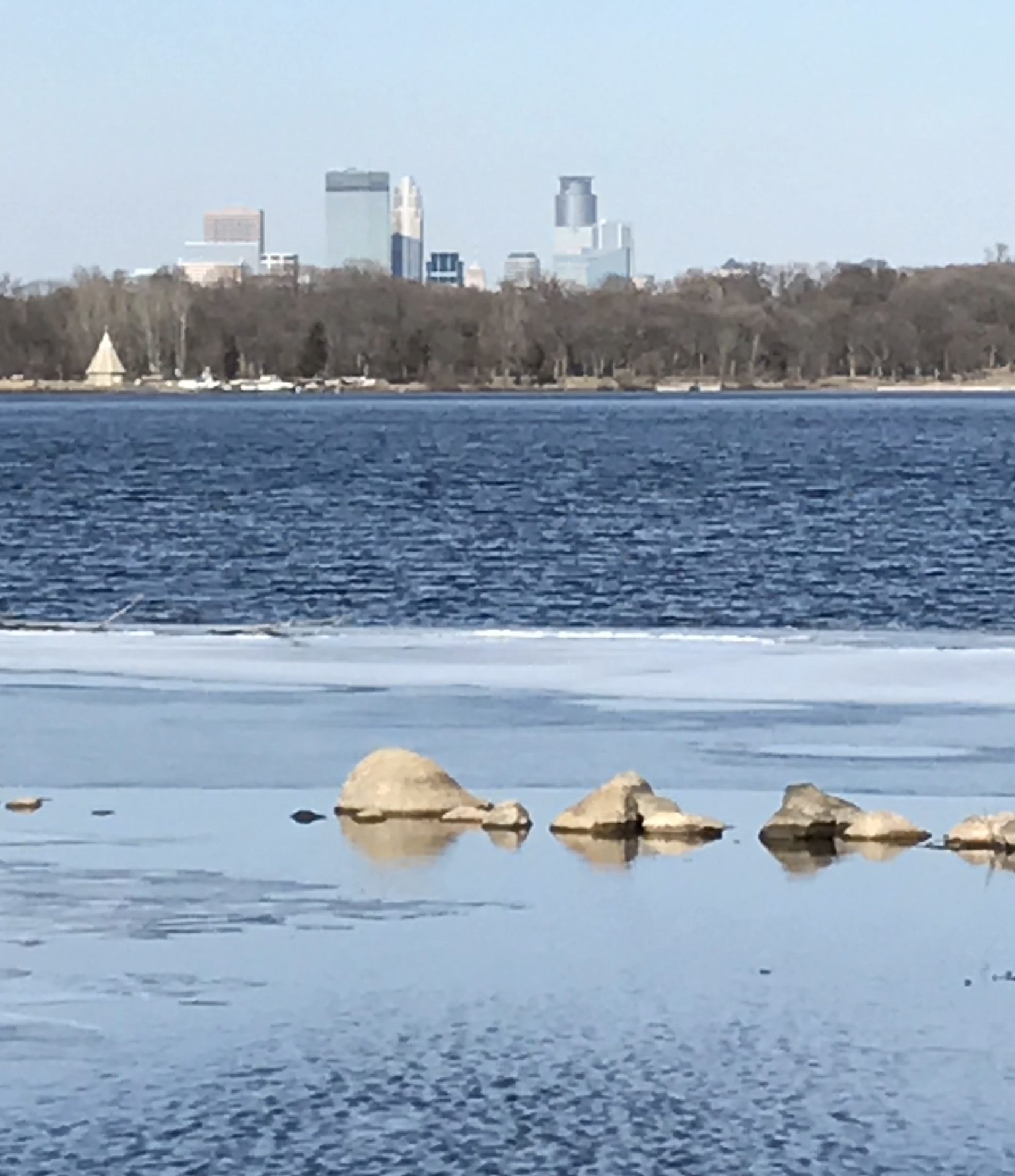With ANIKA FAJARDO

Name: Anika Fajardo
Current city or town: Minneapolis, Minnesota
- The most striking physical features of this city/town are . . .
Minneapolis is known as the “city of lakes” because of the five large bodies of water nestled in among the city blocks of houses and small businesses. The lakes give the city a vacation feel during the summer. You can go to the beach, bike and walk, and eat ice cream.
2. Common jobs and industries and the effect on the town/city’s personality . . .
Minneapolis was originally an industrial city built on the trade route of the Mississippi. Now, the area is known for the medical device industry. It also has a rich cultural heritage and is a very literary town with many small presses, literary organizations, and readers.
3. The stereotype of the people who live here and what this stereotype misses . . .
Minneapolis is seen as being a mostly white and highly racially segregated city. This is true, but also oversimplifies the situation. There’s a great richness of culture thanks to many immigrant communities, most recently the Hmong and Somali. “Minnesota Nice” is also a stereotype of the area and this reflects the stoic nature of the early European settlers from Scandinavia. Minnesotans can be nice and they can be passive-aggressive, but mostly I think they’re shy.
- Local/regional vocabulary or food?
People in Minnesota say “pop” instead of “soda.” They also say “hot dish” instead of “casserole.” And any location out of the Minneapolis city is known as “Up North.”
- Local political debates frequently seem to center on . . .
Progressive values. Minneapolis is the most liberal city in the state. Despite a long history of iron-mining democrats in northern Minnesota, the rest of the state is becoming more “purple.” Within the city of Minneapolis, there is always a fight over how progressive we can be. For example, we have curbside organics recycling (compost), a charge for bags in retail stores, and have extensive bike-friendly streets.
Anika Fajardo was born in Colombia and raised in Minnesota. She is the author of Magical Realism for Non-Believers: A Memoir of Finding Family and What If a Fish.
Photo by author.




